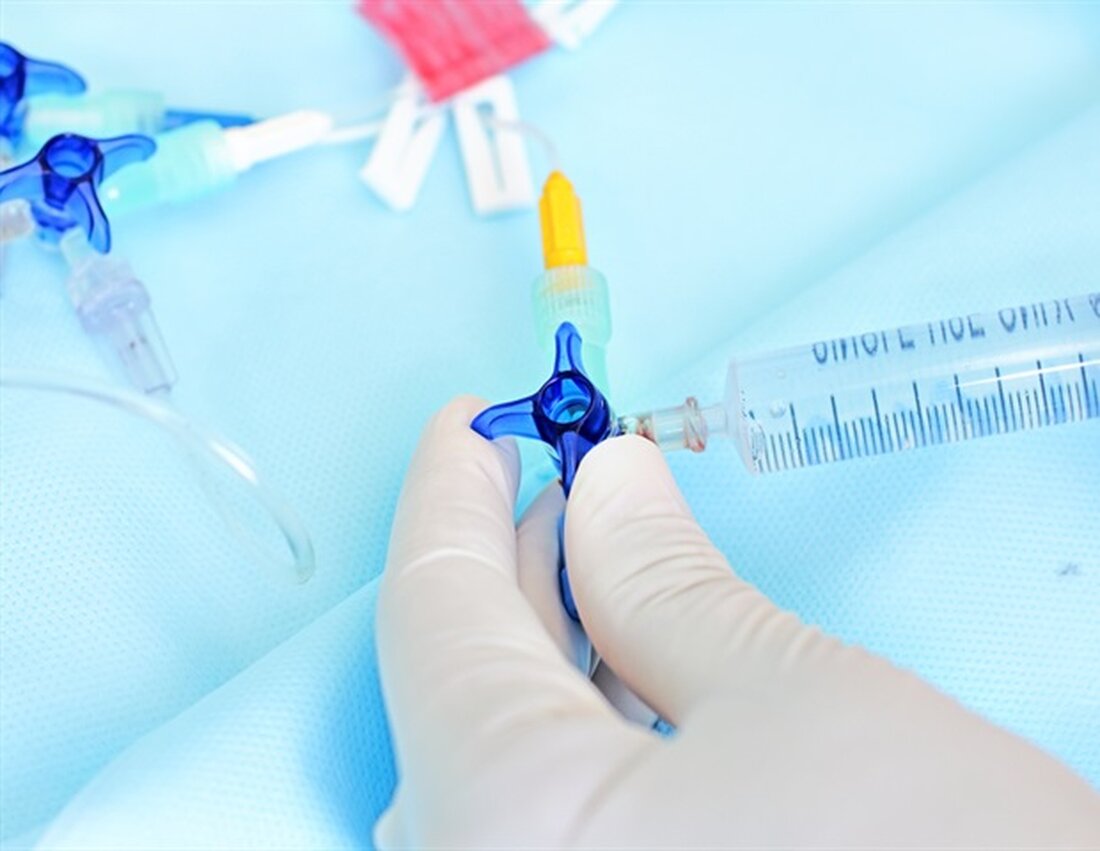New research could have significant implications for minimally invasive, robotic brain surgery
The early research tested the introduction and safety of the new implantable catheter design in two sheep to determine its potential for use in diagnosing and treating diseases in the brain. If the platform proves effective and safe for use in humans, it could simplify the diagnosis and treatment of diseases in the deep, sensitive areas of the brain and reduce the risks associated with diagnosis and treatment. It could help surgeons look deeper into the brain to diagnose diseases, apply treatments like drugs and laser ablation more precisely to tumors, and use electrodes for deep brain stimulation...

New research could have significant implications for minimally invasive, robotic brain surgery
The early research tested the introduction and safety of the new implantable catheter design in two sheep to determine its potential for use in diagnosing and treating diseases in the brain.
If the platform proves effective and safe for use in humans, it could simplify the diagnosis and treatment of diseases in the deep, sensitive areas of the brain and reduce the risks associated with diagnosis and treatment.
It could help surgeons look deeper into the brain to diagnose diseases, apply treatments like drugs and laser ablation more precisely to tumors, and better use electrodes for deep brain stimulation in diseases like Parkinson's and epilepsy.
Lead author Professor Ferdinando Rodriguez y Baena, from Imperial's Department of Mechanical Engineering, led the European effort and said: "The brain is a fragile, complex network of densely packed nerve cells, each playing its own role." When disease occurs, we want to be able to navigate this delicate environment and precisely target these areas without damaging healthy cells.
“Our new precise, minimally invasive platform improves on currently available technology and, if proven safe and effective, could improve our ability to safely and effectively diagnose and treat disease in people.”
The results were developed as part of the Enhanced Delivery Ecosystem for Neurosurgery in 2020 (EDEN2020) project and published in PLOS ONE.
Stealth operation
The platform represents an improvement on existing minimally invasive or “keyhole” surgery, in which surgeons insert tiny cameras and catheters through small incisions in the body.
It includes a soft, flexible catheter to prevent damage to brain tissue during treatment and a robotic arm equipped with artificial intelligence (AI) to help surgeons navigate the catheter through brain tissue.
Inspired by the organs parasitic wasps use to secretly lay eggs in tree bark, the catheter consists of four interlocking segments that slide over each other to allow flexible navigation.
It is connected to a robotic platform that combines human input and machine learning to carefully guide the catheter to the disease site. Surgeons then insert optical fibers over the catheter so they can see the tip and navigate along the brain tissue using joystick controls.
The AI platform learns from the surgeon's inputs and contact forces in the brain tissue to guide the catheter with pinpoint accuracy.
Compared to traditional “open” surgical techniques, the new approach could ultimately help reduce tissue damage during surgery and shorten patient recovery times and the length of postoperative hospital stays.
When performing minimally invasive brain surgery, surgeons use deep-penetrating catheters to diagnose and treat diseases. However, catheters currently in use are rigid and difficult to place precisely without the aid of robotic navigation tools. Due to the inflexibility of catheters combined with the complicated, delicate structure of the brain, it can be difficult to place catheters precisely, which poses risks in this type of surgery.
To test their platform, the researchers inserted the catheter into the brains of two live sheep at the University of Milan's Veterinary Medicine Campus. The sheep were given pain relief and monitored for signs of pain or distress 24 hours a day for a week before being euthanized so researchers could study the catheter's structural effects on brain tissue.
They found no signs of distress, tissue damage or infection after catheter implantation.
Our analysis concluded that we implanted these new catheters safely, without any damage, infection or suffering. If we achieve equally promising results in humans, we hope to see this platform in the clinic within four years.
Our findings could have significant implications for minimally invasive, robotic brain surgery. We hope it will help improve the safety and effectiveness of current neurosurgical procedures that require precise use of treatment and diagnostic systems, for example in the context of localized gene therapy.”
Dr. Riccardo Secoli, lead author, Imperial Mechanical Engineering Department
Professor Lorenzo Bello, co-author of the study from the University of Milan, said: "One of the main limitations of the current MIS is that it forces you to access a deep spot through a drill hole in the skull." a straight trajectory. The limitation of the rigid catheter is its precision within the moving tissues of the brain and the tissue deformation it can cause. We have now found that our steerable catheter can overcome most of these limitations.”
This study was funded by the EU Horizon 2020 program.
Source:
Reference:
Secoli, R., et al. (2022) Modular robotic platform for precision neurosurgery with a bioinspired needle: system overview and first in vivo use. PLUS ONE. doi.org/10.1371/journal.pone.0275686.
.

 Suche
Suche
 Mein Konto
Mein Konto
